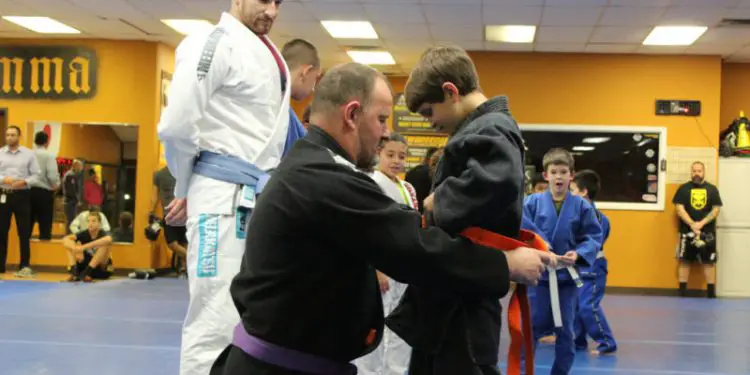It was way back in the early 2000s when the UAE government department in charge of education had the incredible idea to introduce BJJ to children in schools. It took a little time for the concept to get off the ground but in 2008, they finally got the green light to introduce BJJ as a compulsory subject in all public schools across the country’s capital, Abu Dhabi. The capital’s willingness to embrace a pretty radical idea must be in some small part thanks to the success of ADCC as a whole and the consistent involvement with the sport from many key figures in the area. Thanks to this innovation, it meant that some of the often-cited positive effects of martial arts on children could finally be tracked and accurately measured.
A team of scientists from Fernando Pessoa University in Portugal decided to take advantage of this opportunity and conduct a study that looks into the effects that BJJ has had on the children who have taken it as a compulsory subject. They managed to obtain a sample of around 150 boys ranging in age from 10 to 12 years, performing in 45 minute sessions between once and three times a week for a six month period. After this, the children were tested using the Stroop Test which seeks to examine neuropsychological functions.
The results of their study found strong evidence to suggest that practicing BJJ had a positive influence on the children’s Executive Functions development, more specifically their Inhibitory Control. Executive Functions are essentially a set of mental skills that include working memory, flexible thinking and inhibitory control, which is essentially a person’s ability to regulate their natural impulses or responses to a stimulus and instead choose the more appropriate response. It’s essentially a similar concept as what would more commonly be referred to as “self-control”.
The full study has now been published and can be found here.














Honestly, I’m not sure that’s a good study based on the paper linked. There’s no data reported-only their analysis. Furthermore, “All consecutive referrals were eligible except for children with diagnosed learning disability, or participated in extracurricular activities in addition to BJJ classes, or did not return a parental permission letter. ” This meant “Of the 156 students evaluated, only 59 met the selection criteria.” I’m not convinced this is a good way to get a sample. I wonder if they are seeing selection bias. The authors also confuse correlation and causation in the study. Furthermore, they see the result with “Good Participation” equaling only 100%-33% of classes attended (24 out of 3x for 6 months). The “Poor” and “Fair” attendance split the rest. That’s a huge range. Even though I want to believe the conclusions, this paper doesn’t convince me.